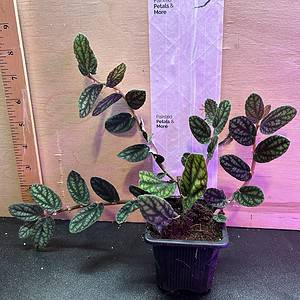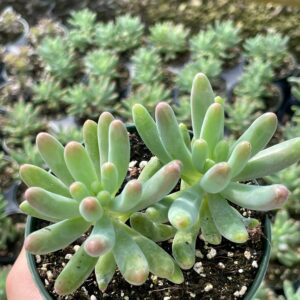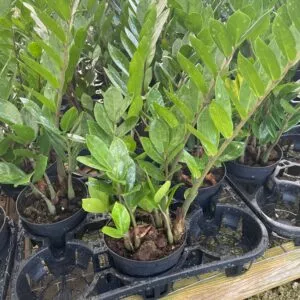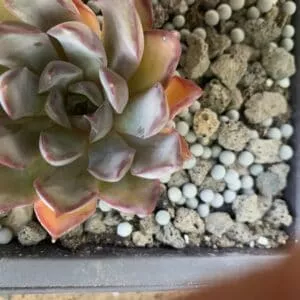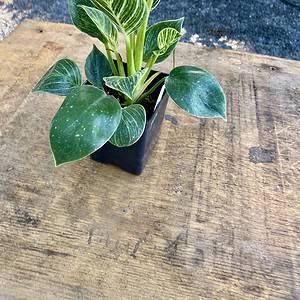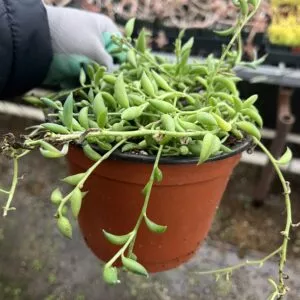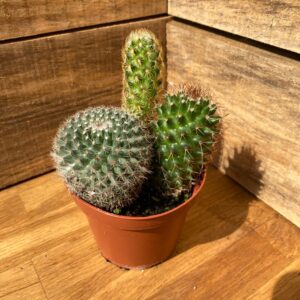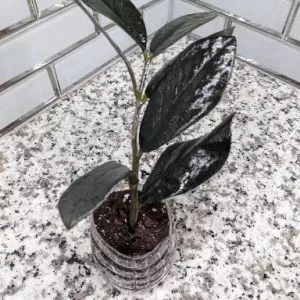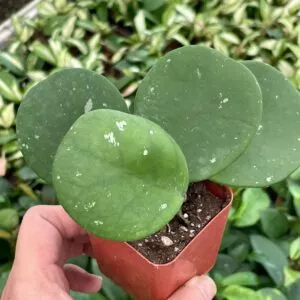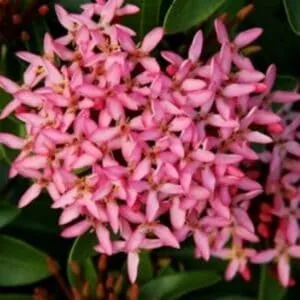No products in the cart.
Table of Contents
One of the most interesting houseplants with a spiral grass structure and beautiful blossoms is the Albuca spiralis. It features green leaves in addition to its corkscrew structure. The twisting of the leaf, which characterizes the succulent and gives it its distinct appearance, begins in the winter.
If properly cared for, the leaves can reach a length of eight inches. Then, in the spring, stalks emerge, finally blooming into fragrant yellow flowers. This indoor plant‘s blossoms have a buttery odor that is particularly soothing and relaxing in any area where it is placed.
This beauty will amaze you more after you finish knowing this! Read more below to find it out.
Albuca Spiralis Plant Care Basics

Before we learn about the beauty care tips, here’s an overview of the plant at first glance. Hope you’ll never want to skip this because it may add to your knowledge.

By now you must have developed a huge interest in this Frizzle sizzle. So, we’re here to help you learn the ropes on how to take care of it efficiently. Mind you, having a plant doesn’t mean leaving them on its own. Affection might help them flourish even more!
Best Potting Mix
Well-drained soil is ideal for the sizzling Frizzle plant. To give the roots enough room, the potting mix should not be too heavy or dense. The addition of sand and loam to the succulent potting mix aids the growth of this Albuca spiralis Frizzle Sizzle.
Prevent excessive moisture in the soil because it causes bulb rot in the plant. Ensure that the pot has enough drainage holes. Additionally, during the winter season, prevent the soil from getting frosted.
The pH levels of alkaline, acidic, and neutral soils are all acceptable. If you can, aim for a neutral range, but don’t worry if you can’t.
Pro tip: Frizzle sizzle will also thrive effectively in regular soil given that there’s 50-70% mineral grit applied. A good source of mineral grit is coarse sand, pumice, or perlite.
Watering Needs
Water your Frizzle sizzle once every 2 or 3 weeks during the Summer and most of the fall, or when the soil is absolutely dry. From late autumn onwards, your Corkscrew Albuca may lose its leaves, which is normal behavior at that time of year. Reduce watering to once every two to three weeks if this happens.
Pro tip: If you notice the leaves turning yellow, becoming floppy or mushy, withering, or basal collapse, you’ve already overwatered it. Put down your waterings and wait for the soil to dry out before watering it again.
Lighting

In a South-facing location, place your Frizzle Sizzle in the full sun or partially shady. For quality growth, an hour or two of direct sunlight is ideal. If treated as an indoor plant, you can put it in a South-facing window during the winter.
But be aware of the risk of dehydration from too much heat radiated by direct sunlight. Bear in mind that the amount of sunshine it receives significantly impacts its lovely spiral leaves. If there’s no enough source, you can use grow light as an alternative.
Pro tip: Your small plant might be burned by direct sunshine or scorching temperatures. On the other hand, there isn’t enough light, the leaves won’t curl and will instead develop lengthy and wavy.
Temperature & Humidity
The minimum temperature required by the spiral grass is 60 to 75 degrees Fahrenheit (15.5 to 23.8 degrees Celsius). They can’t stand high temperatures, so keep about 65 degrees Fahrenheit (18.3 degrees Celsius). The weather has an effect on the curled leaf tips of these succulents. When the weather is dry and cold, the leaves curl tightly, but when the weather is warm, the tips of the leaves remain straight and erect.
Pro tip: This beauty is not highly frost-resistant. If at all possible, avoid complete freezing conditions, as this will harm your plant.
Here’s the good news: an average room humidity is more than enough to keep a Corkscrew Albuca alive! Yes, because too much moisture and inadequate air circulation will result in powdery mildew. Misting the flowers will also produce botrytis petal blight, which can spread swiftly if not appropriately treated.
The plant is attempting to store water in its leaves, but too much water can prevent those lovely spirals from developing. And we don’t want that to happen in our plant, do we?
In stock (can be backordered) In stock Only 1 left in stock Only 1 left in stock
$8.00
Sold By:
Painted Petals and More
Pelionia Pulchra
Only 7 available and it’s in 1 people’s basket Rated 4.78 out of 5 based on 64 customer ratings00
Sold By:
Painted Petals and More
$11.99
Sold By:
BubbleBlooms
Jelly beans, Sedum pachyphyllum Rose, Stonecrop, Succulent beans, Many Fingers, Christmas Cheer, Banana Cactus in a 4 inch pot
Rated 4.81 out of 5 based on 279 customer ratings03
Sold By:
BubbleBlooms
$39.99
Sold By:
BubbleBlooms
ZZ Plant, Zamioculcas zamiifolia | Aroid palm | Eternity Plant
Rated 4.81 out of 5 based on 279 customer ratings03
Sold By:
BubbleBlooms
$50.00
Sold By:
Emerald Dragon Greenhouse
Dark Ice
Rated 5.00 out of 5 based on 15 customer ratings03
Sold By:
Emerald Dragon Greenhouse
Fertilizer Requirement
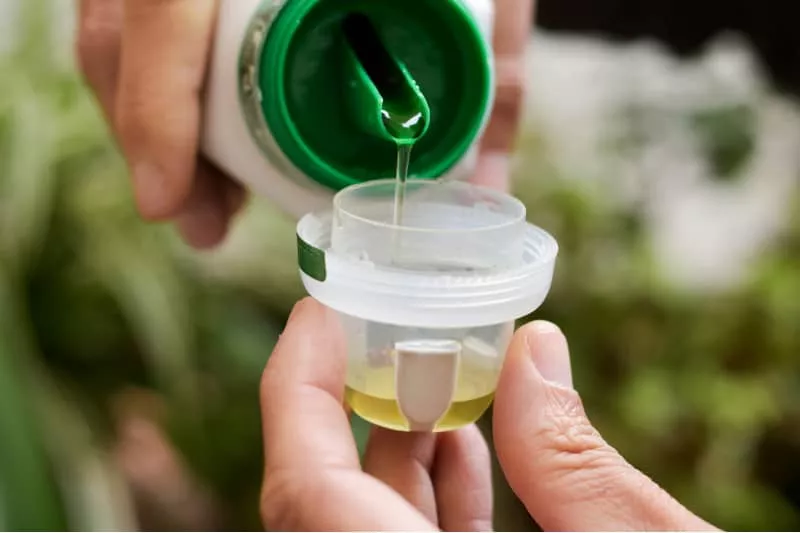
The use of a well-balanced liquid fertilizer. This will aid the growth of the curly foliage as well as its underground bulb. Before you feed your Albuca spiralis, make sure the soil is somewhat moist.
The liquid fertilizer should then be applied to the soil rather than the Albuca itself. As it enters its active growing season in the late fall, Frizzle Sizzle requires a good kick-start. After that, when the flower stalks begin to form, a second fertilizing in the spring is perfect.
As a result, once your plant enters dormancy in late spring, cease feeding it. Feed them again when the winter arrives.
Propagation
Don’t need to buy again to multiply your collection! Just propagate your Albuca spiralis through seeds, and you are good to go. Because offsets aren’t always available in all mature plants, seeds are the most common way to propagate.
The corkscrew albuca produce viable seeds. You may collect them after the flower spikes have dried up and become fully spent. Use them to multiply your Frizzle Sizzle albuca.
Here is the process on how to propagate the Albuca Spiralis:
- When the parent plant starts resprouting, it’s the best time to plant the seeds.
- The seeds’ quality lasts around six months, so get them planted as soon as possible.
- After planting, keep the seeds moist and in a warm, indirect light area. Give it the same care with the mother plant. One week after sowing, the germination process begins.
- After some time, the plants developed from seeds may resemble the parent plant.
Growth Zone
Albuca spiralis is hardy in USDA zones 8 to 10. This outdoor plant thrives in zones 9-10 as well. They can be grown outdoors in a covered spot throughout the Summer, but it’s also great to keep indoors.
Potting & Pruning
You won’t need to repot the plant for the first two or three years because pot-bound roots are more likely to encourage a show of blooms. Repot the specimen in the next-sized pot with proper drainage after the second year’s dormancy period (end of the second year’s Summer).
There isn’t much pruning required for the Frizzle Sizzle. Leaves exposed to direct sunlight that has developed some sunburn can be trimmed. The same applies to leaves that have turned yellow during dormancy.
You will have to remove the spent flower stalks as well. You can wait until the seeds have formed before proceeding. Remove the blossoms once the flowers have faded if you aren’t saving seeds. This may induce the plant to bloom again, although this is uncommon.
Pro tip: Always use a sterilized set of pruning snips to make a clean cut. I promise you that this will eliminate significant problems in the future.
In stock In stock In stock In stock
$37.99
Sold By:
Succulent Oasis
Opuntia Santa Rita
Rated 4.84 out of 5 based on 352 customer ratings00
Sold By:
Succulent Oasis
$24.00
Sold By:
Smoot's Farm
Philodendron Birkin 4 Inch Tall Pot Live Plant Variegated Houseplant
Rated 4.89 out of 5 based on 27 customer ratings00
Sold By:
Smoot's Farm
$19.99
Sold By:
Cacti and Exotica
Senecio radicans | String of bananas | 6″ Pot
Rated 4.98 out of 5 based on 59 customer ratings00
Sold By:
Cacti and Exotica
$15.00
Sold By:
Smoot's Farm
Cacti Cactus Combo Trio Mix #1 Three Cactus per 4″ Pot Live Plants
Rated 4.89 out of 5 based on 27 customer ratings00
Sold By:
Smoot's Farm
Albuca spiralis Varieties and Similar Plants
There are approximately 100 species of Albuca plants. One of which is the Albuca Spiralis. Here are some of the examples of Albuca species or varieties that have a bit similarity to the Albuca Spiralis:
Albuca namaquensis
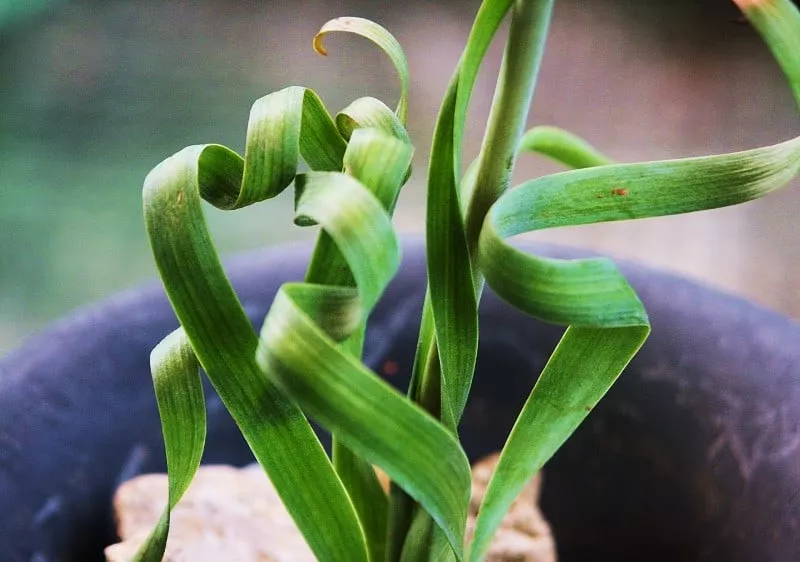
A tiny plant that grows to be around a foot tall. It produces pale yellow flowers on tall bloom stalks. The leaves might be rough, smooth, or hairy.
Albuca polyphylla
Albuca ‘Augrabies Hills’ leaves are thin, glabrous, fleshy in texture, and narrowly channeled. With a glaucous peduncle, the inflorescence is around 20cm tall. There are 3-5 blooms in each inflorescence.
Albuca bracteata
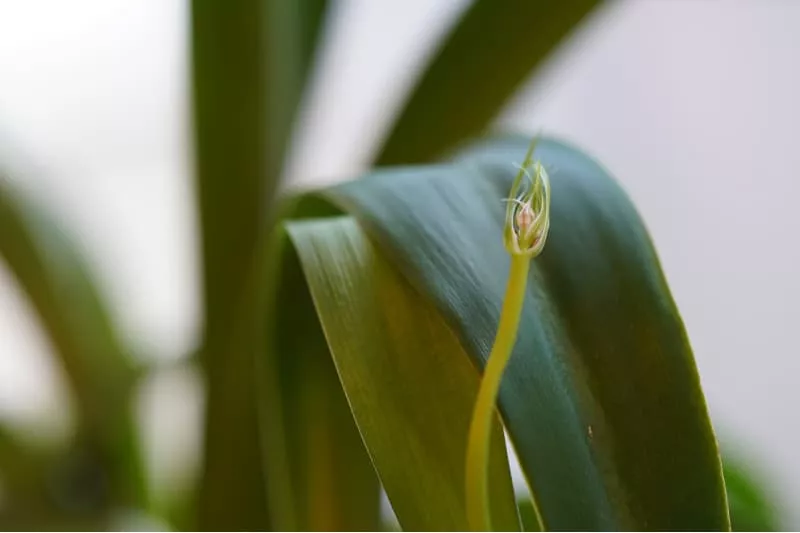
The bulb of this flowering plant is green and exposed, with little bulblets beneath it. It was given the name “Pregnant Onion” because it looks to be conceiving bulbs. Green leaves appear to be semi-succulent on the plant.
Albuca spiralis Diseases & Pests
Pests
Albuca spiralis isn’t bothered by pests. Frizzle sizzle has almost no pests! That is why it makes this an ideal houseplant. The possibility of spider mites in your soil throughout the Summer should be your primary concern, but even those are uncommon.
They just don’t seem to care for Albuca. However, if they’re outside, a few opportunistic snails might try to eat them.
Diseases
Diseases avoid Albuca spiralis as well. Although Frizzle sizzle is susceptible to bulb rot, avoid overwatering and any circumstances that could encourage fungal growth. Use either a heavy-sand mix or a cactus and succulent soil blend to assist drain the excess water rapidly, which will safeguard your bulbs.

Let’s Be Friends
Get the best of Plantly delivered to you inbox and first look at new arrivals, exclusive offers, special events & more.
Frequently Asked Questions
Your Tiarella is low-maintenance foliage that remains undivided for many years in your garden without losing vigor. If your plant becomes tattered due to weather conditions, you can cut them back but not necessary.
In appearance, the Tiarella wherryi and Tiarella cardifolia are similar. Yet, the latter has a southern distribution more tolerant to humidity and heat. The Tiarella wherryi is also a clumper compared to the Tiarella cardifolia that is stoloniferous. Thus, the Tiarella wherryi increases in girth from its underground rhizomes. So it does not initiate runners compared to the other species.
The foamflower is a clump-forming perennial that spreads by stolons (runners) to form dense wide clumps of foliage. The plant remains evergreen in mild winters but can turn to a reddish-bronze shade in fall to winter.
The Tiarella you can find available at your local nurseries, or you can buy them from different retailers online. Still, the excellent news is you need not leave your chair as Plantly sells a wide selection of the species here.
Whether you want to buy, sell or simply reach out to other plant enthusiasts, Plantly is the right place to be!
-
$15.00Sold By: Juan's Grow Garden
$20.00In stock
zz plant cutting
Rated 5.00 out of 5 based on 12 customer ratings07Sold By: Juan's Grow Garden -
$22.99Sold By: BubbleBlooms
In stock
Hoya obovata splash variegated, speckled with freckles, sweetheart heart-leaf hoya
Only 13 available and it’s in 1 people’s basketRated 4.81 out of 5 based on 279 customer ratings03Sold By: BubbleBlooms -
Free Shipping$39.99Sold By: Aloha Hawaii Orchids
$44.99In stock
Dendrobium orchid plant Jaquelyn Thomas ‘Uniwai Mist’ | White Flowers | Blooming Size From Hawaii
Rated 4.65 out of 5 based on 268 customer ratings02Sold By: Aloha Hawaii Orchids -
Free Shipping$24.99Sold By: Gar-Zen Botanical Design
In stock (can be backordered)
Ixora Coccinea Dwarf Pink Ships Free.
Rated 4.86 out of 5 based on 49 customer ratings00Sold By: Gar-Zen Botanical Design
